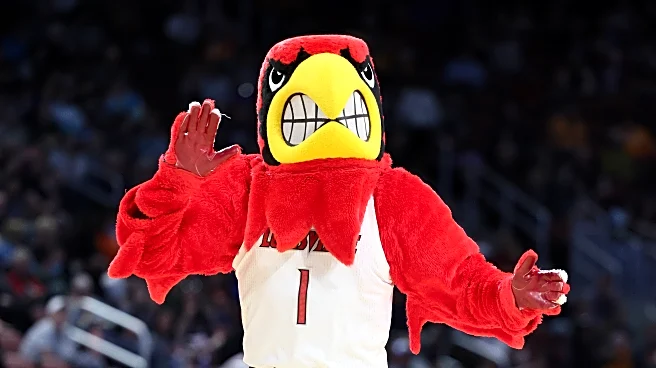What is the story about?
What's Happening?
The AP Top 25 poll for the 2025-26 college basketball season has been released, revealing significant differences from KenPom's analytical rankings. Purdue is ranked No. 1 by the AP, while KenPom places them third, behind Houston and Florida. St. John's is ranked fifth by the AP but 16th by KenPom, highlighting discrepancies in team evaluations. The AP poll favors teams like BYU, North Carolina, and Auburn, while KenPom ranks Gonzaga, Illinois, and Tennessee higher. These differences reflect varying perceptions of team strengths and potential performance.
Why It's Important?
The divergence between the AP poll and KenPom's rankings can influence team morale, fan expectations, and media narratives. Teams ranked higher by the AP may receive more attention and pressure to perform, while those favored by KenPom might focus on proving their analytical worth. This can affect recruitment, sponsorships, and overall team strategy. Understanding these rankings helps stakeholders anticipate potential surprises and upsets during the season, impacting betting markets and fan engagement.
What's Next?
As the season progresses, teams will have the opportunity to validate or challenge these rankings through their performance. Coaches and players may use these discrepancies as motivation to exceed expectations. Analysts and fans will closely monitor games to see if the AP or KenPom predictions hold true, potentially leading to adjustments in future rankings. The ongoing debate between traditional polling and analytics will continue to shape discussions around college basketball.
Beyond the Headlines
The differences in rankings highlight the evolving role of analytics in sports, challenging traditional methods of evaluation. This shift may lead to broader acceptance of data-driven approaches in other sports and industries, influencing how success is measured. The debate also underscores the subjective nature of sports rankings, prompting discussions on the best ways to assess team capabilities and predict outcomes.
AI Generated Content
Do you find this article useful?















